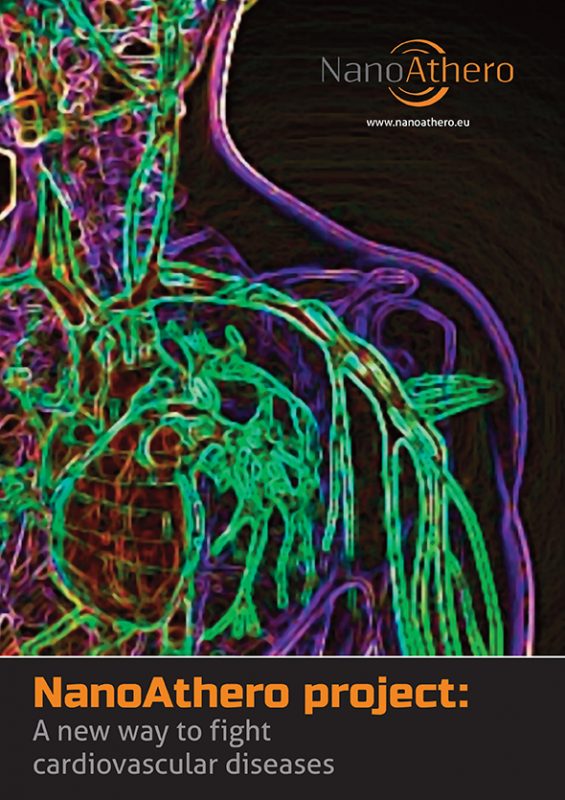Because of their size, making them comparable to a DNA molecule or a protein, one hundred to one thousand times smaller than a cell, the nanoparticles have different physical properties from those of common objects. Evolving to the same scale as the biological mechanisms of the body, they are able to cross natural barriers and enter cells. Their main therapeutic application, currently is to ensure the transport of drugs into the interior of the cell by wrapping in tiny structures, and to protect them from interactions with the surrounding environment. The hope is to bring more of the active ingredient to its molecule target, avoiding its degradation or distribution in healthy tissues.
NanoAthero FP7 NMP program with €9.8m over 5 years, is intended for the diagnosis of atherosclerotic plaque to prevent cardiovascular diseases including stroke. It also relates to therapeutic uses for delivering drug in target tissues.
INSERM coordinates the European NanoAthero program and here is their story…


